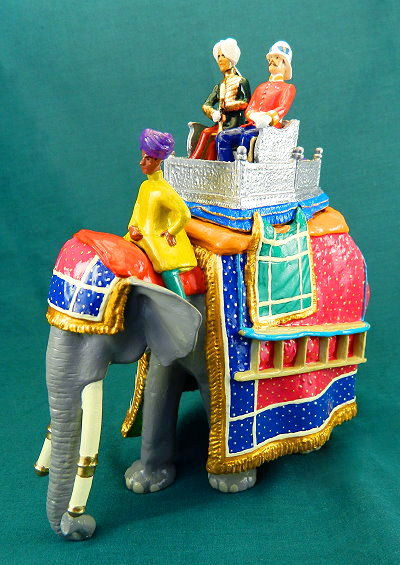First up is a group of soldiers from the Indian Cyclist Corp together with one of the photos which inspired the set
In the war a number of duties befell cyclists incuding:
Courier work - sometimes cycling down communications trenches. This was particularly important when the security of the trench telephone system was found to have been compromised by German Moritz receiving stations
Security patrols - for example the canal system in both Britain and France could have been very vulnerable to sabotage and was patrolled by cyclists
In the early days of the war cyclists (British, Belgium and German) were employed as scouts - for example contact with the Russians before Tannenberg was first made by German cycling units. In Belgium British and German cycling units actually engaged each other. One of the Anglo Belgian armoured trains actually carried Belgian cycling troops on board to scout away from the railway line
The Italians had cycling troops used as a mobile reserve to plug holes in the line in the case of an Austrian break through
Next up is a group of splendid looking camel riders which I'm sure many collectors would simply love to add to their DDDs! [Delhi Durbar Displays]
 |
| Alwar camel riders |
 |
| Alwar camel riders band |
 |
| Alwar camel riders band, part 2! |
The final pictures show two new elephants and attendant escort guards, musicians and standard bearers looking resplendent, as ever, in their multicoloured garb
 |
| The elephant of Faridkot |
 |
| Escort Guards |
 |
| Music Group |
 |
| The Faridkot group in its entirety |
 |
| Elephant and standard bearers from Kotah |
These sets, together with everything else produced by Beau Geste, is available from Piers Christian, the sole distributor of BG merchandise in the United Kingdom. Happy hunting!






No comments:
Post a Comment